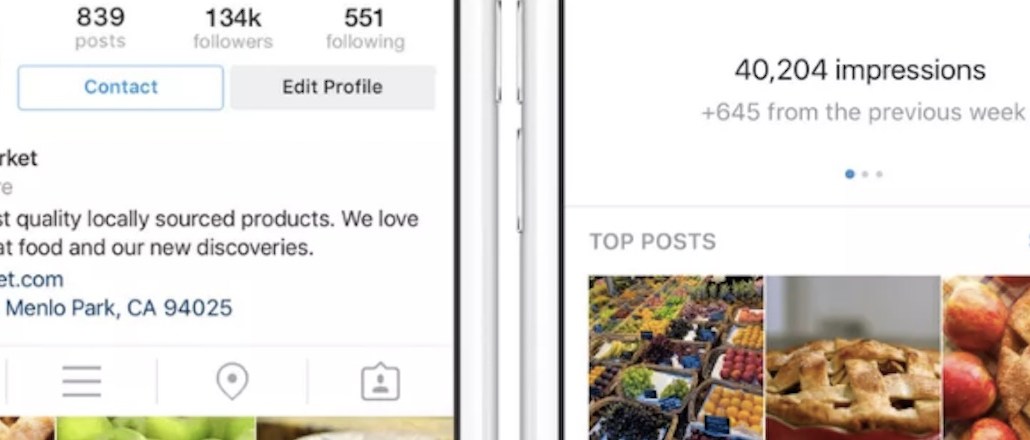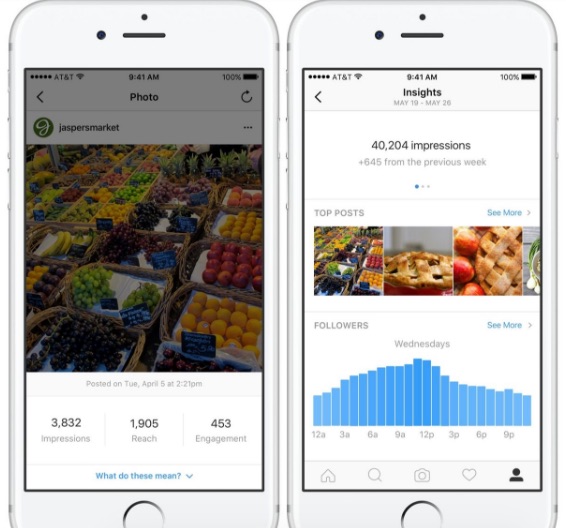Register by Jan 13 to save on passes and connect with marketers from Uber, Bose and more
Instagram reveals new advertising tools for businesses as it ramps up revenue

Instagram is rolling out major changes to how brands advertise on it.
The photo sharing app is mimicking its big brother Facebook by debuting custom business pages equipped with a contact button, an analytics dashboard and a flurry of new paid promotional tools.
One of the biggest changes is Instagram’s new analytics menu that gives companies more insights on how a post is performing. Rather than relying on the number of likes or comments, Instagram is now serving companies with the number of impressions and a detailed timeline of when the post was engaged with.
Here’s what it looks like:

So, if a post is performing well, the company can now pay Instagram to boost it to users that don’t follow the company or want exposure to a new demographic. The changes are arriving before Instagram’s upcoming algorithm and mirrors Facebook’s strategy of forcing publishers and brands to fork over money if they want prime placement within the News Feed.
The pressure to pay Instagram for placement within a user’s timeline could mean some brands will not use the platform anymore. “Brands with lower budgets and fewer engagements on their content will be squeezed out over time,” Noah Mallin, head of social at MEC North America, previously told Digiday.
Facebook has been focusing on turning Instagram into a moneymaking behemoth, and for good reason. EMarketer predicts the app’s global revenue will reach $1.53 billion this year, a 144 percent increase over last year. So focusing on small and medium-sized businesses is one way to boost the bottom line even bigger.
The tools will be rolled out in the U.S., Australia and New Zealand in the coming months.
More in Media

Future starts to sharpen its AI search visibility playbook
Future is boosting AI search citations and mentions with a tool called Future Optic, and offering the product to branded content clients.

Digiday’s extensive guide to what’s in and out for creators in 2026
With AI-generated content flooding social media platforms, embracing the messiness and imperfection of being human will help creators stand out in the spreading sea of slapdash slop.

Media Briefing: Here’s what media execs are prioritizing in 2026
Media executives enter 2026 weathered by disruption, but refocused on AI revenue, brand strength and video and creator opportunities.





